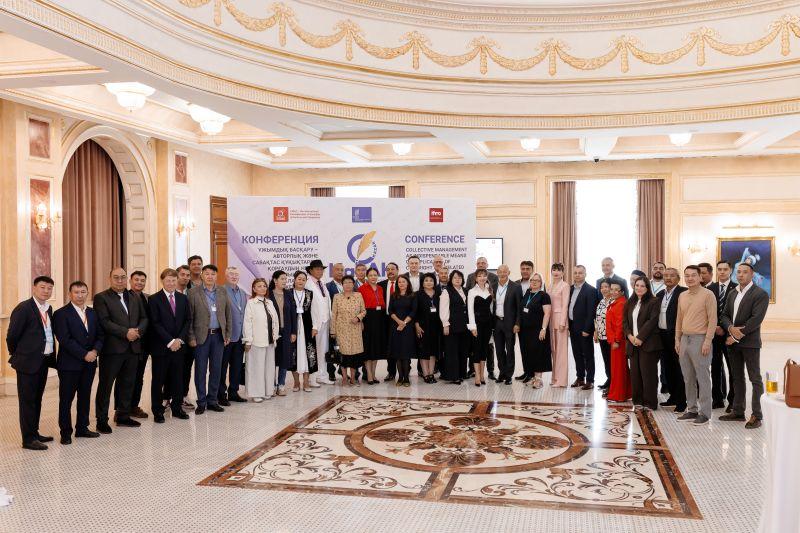CISAC, IFRRO, IAF, IFPI and IMPF raise concerns over copyright framework in Kazakhstan

CISAC, together with IFRRO, IAF, IFPI and IMPF, has addressed a joint letter to His Excellency President Kassym-Jomart Tokayev and to Mr. Maulen Ashimbayev, Chair of the Senate of the Parliament of the Republic of Kazakhstan, expressing concerns about weaknesses in the country’s system of collective rights management.
The five international organisations, representing over 200 collective management organisations (CMOs) and more than five million creators and producers worldwide, commend Kazakhstan’s commitment to developing its cultural and creative sectors. They reaffirm their shared goal of supporting a fair and internationally aligned copyright system.
The letter highlights significant and chronic shortcomings in Kazakhstan’s copyright framework which undermine the ability of rightsholders to effectively exercise and enforce their rights. These issues were also raised during a recent copyright conference organized by CISAC’s member KAZAK in Almaty at the end of September, which was attended by CEOs from across Central and Eastern Europe, expressing their support to KAZAK and sharing relevant national experiences. On this occasion, representatives of CISAC, IFRRO, and IAF met with the Ministry of Justice and Qazpatent to exchange views on collective rights management and object a controversial draft legislation, which risks interfering with the private nature of the rights at stake.
The organisations emphasise the need for urgent reform to ensure legal certainty, fair remuneration for creators, and alignment with international copyright standards. They have expressed their readiness to cooperate with the Kazakh authorities in strengthening collective management practices and supporting the country’s creative economy.
This initiative forms part of CISAC’s ongoing work to promote transparent and sustainable copyright systems that safeguard creators’ rights worldwide.
Read and download the joint letter below which details the concerns.